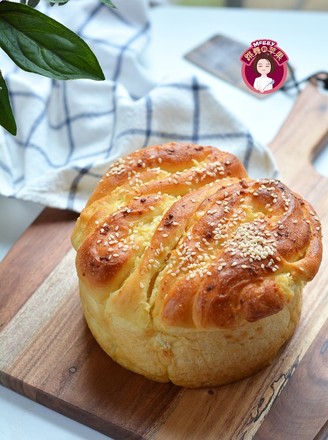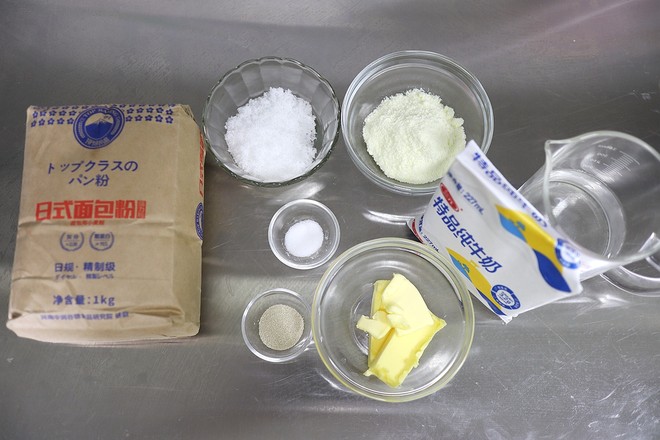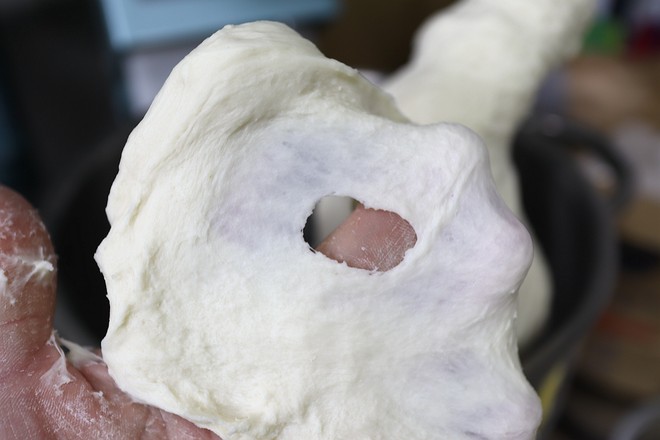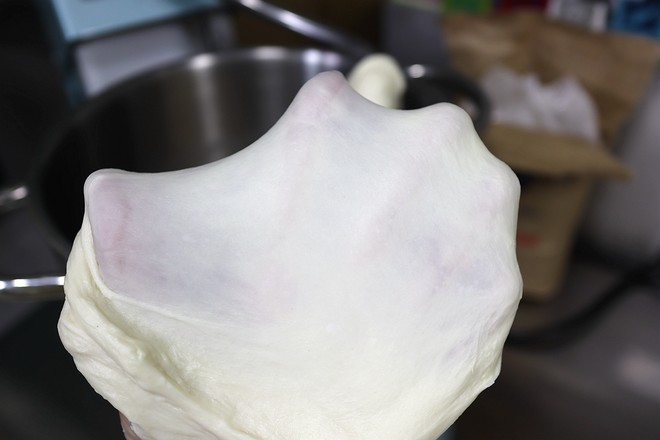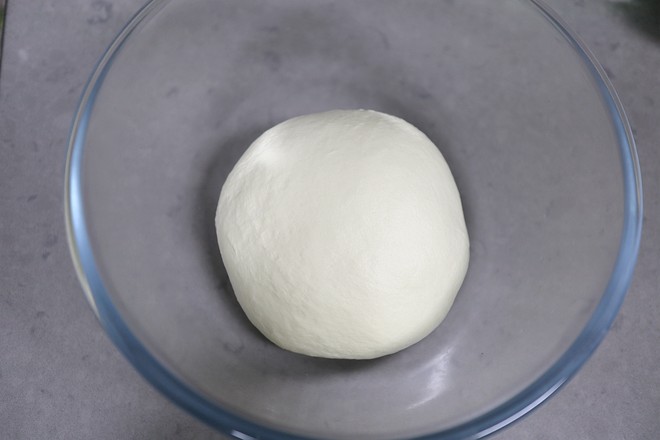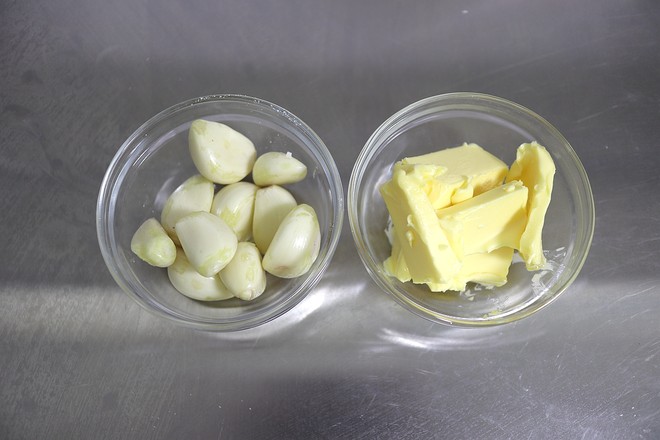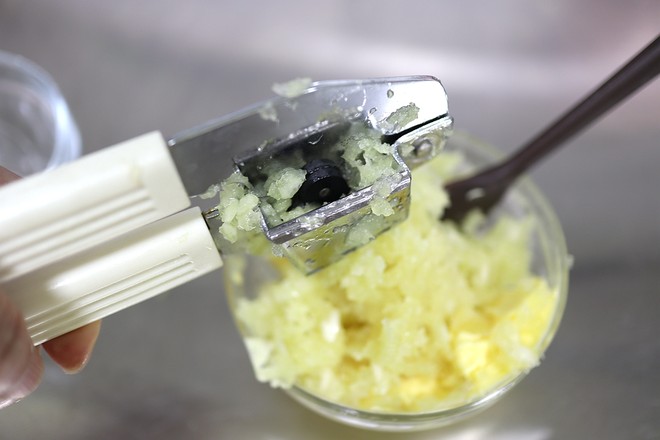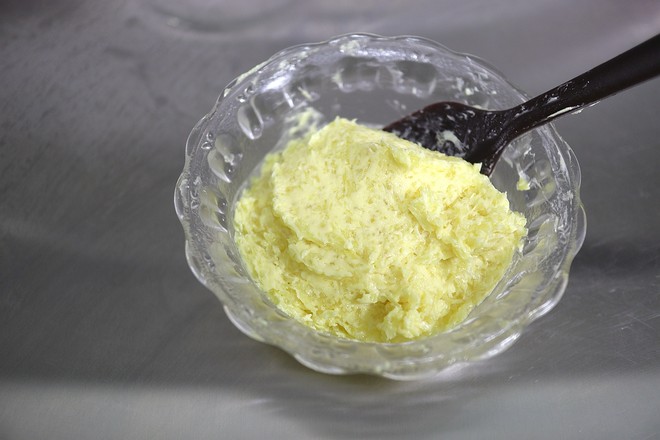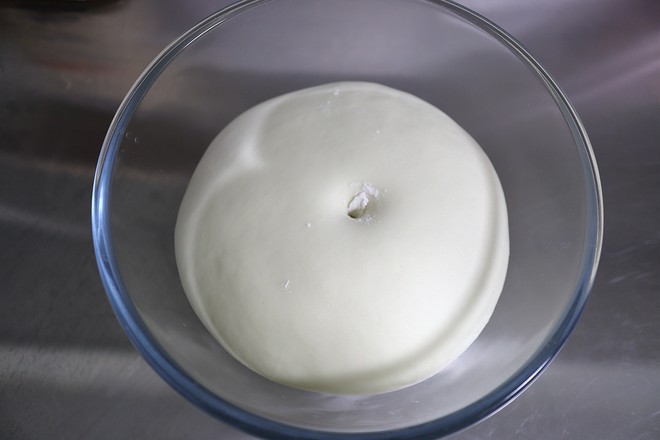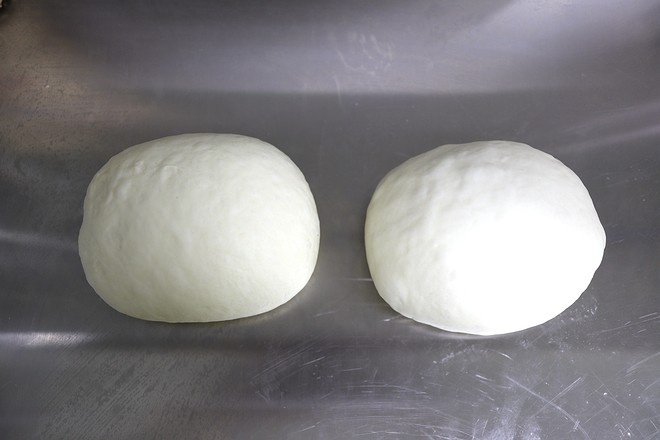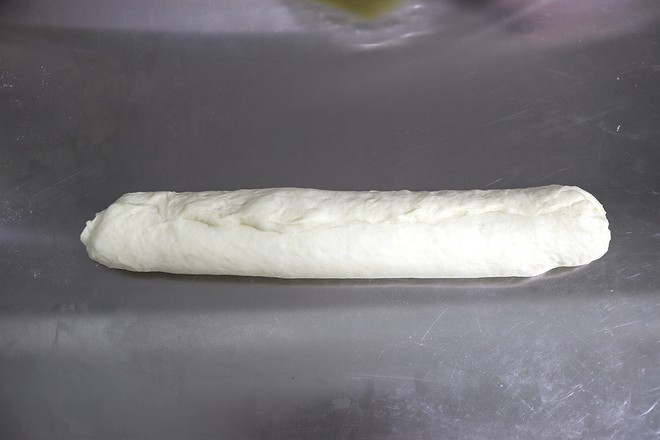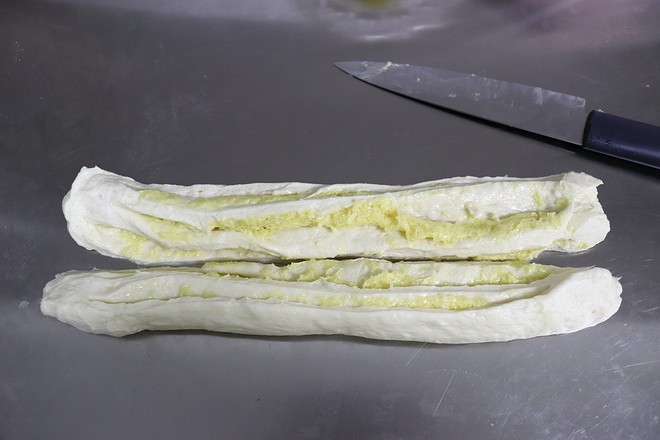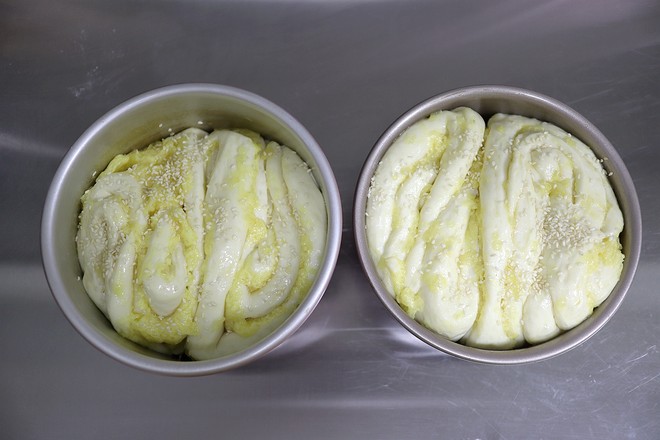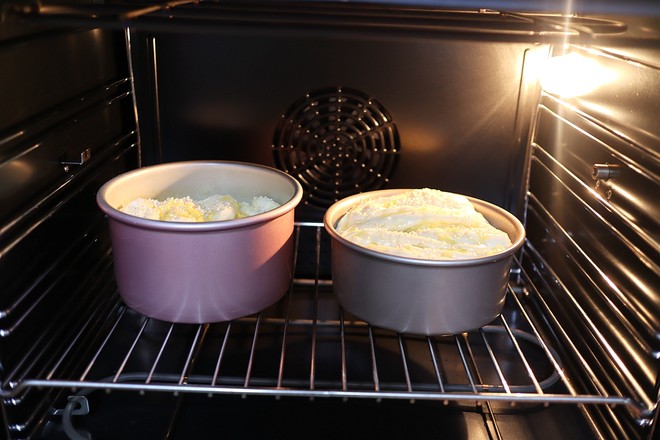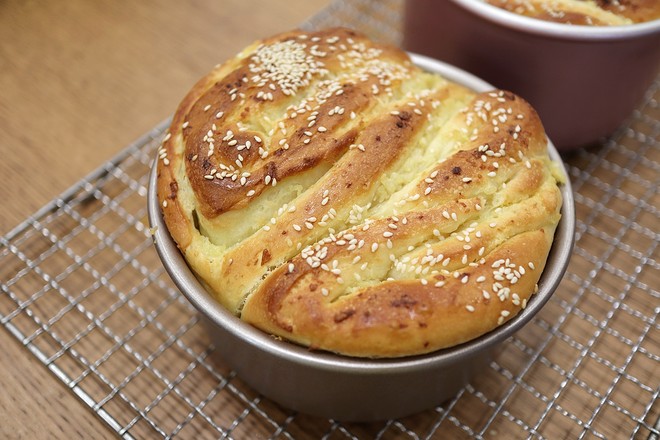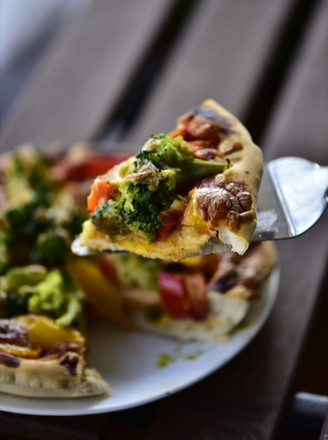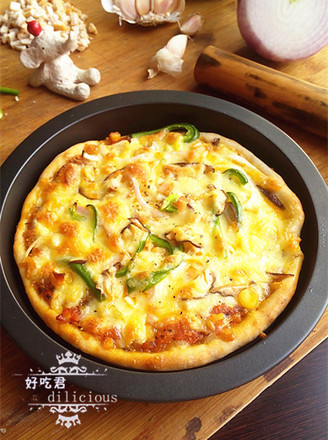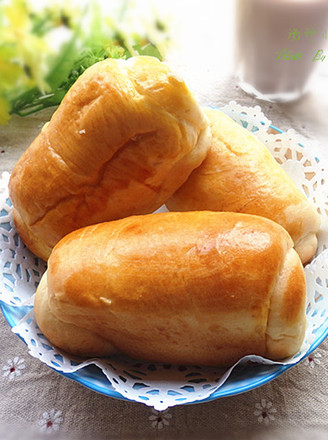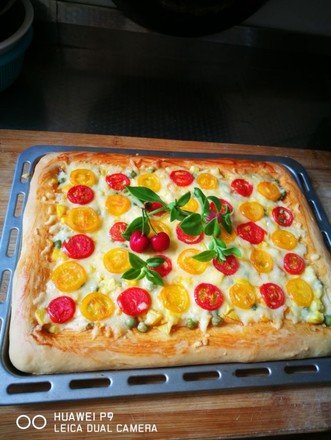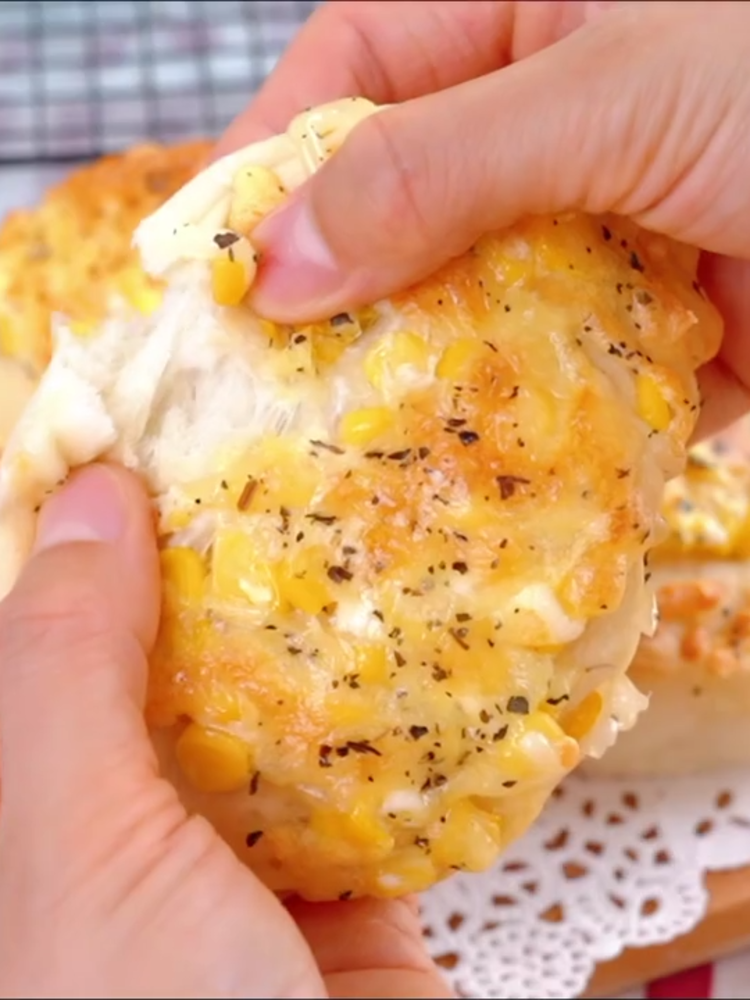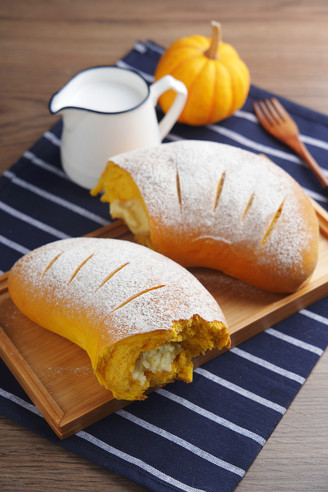Garlic Shredded Bread
by meggy dancing apple
Favorite
Difficulty
Easy
Time
30m
Serving
2
I always make original toast. Today I want to change the pattern and taste.
Garlic is on the market, fresh and cheap. I bought 500 heads and hung them in a cool and well-ventilated place. I don’t have to worry about stewing, stir-frying, and mixing cold dishes all summer. But, don’t only use garlic in Chinese food before, it can also be used in bread.
Like the familiar baguette sliced bread, it is usually coated with garlic butter filling and baked in the oven for 5 minutes. The garlic is rich, and the thin baguette slices become "hot goods" in seconds.
In the same way, spread garlic puree on the bread. Although it does not have the dry aroma of the French baguette slices, it is also full of fragrant, and the garlic juice and butter mixed together can also achieve a layering effect, so this hand tear is achieved bread.
This garlic shredded bread can be eaten hot or cold. I personally think that eating hot is more delicious than eating cold, especially after high-temperature baking, the garlic and butter have been completely integrated into the dough. The slightly salty soft garlic adds humidity to the bread, which is beyond words. good to eat.
You might as well try this garlic shredded bread. The mold is not a problem. It can be round and square, big or small. Bake two garlic breads, breakfast is easy, snacks are also available, you can eat one if you have no vegetables or sauce.
Garlic is on the market, fresh and cheap. I bought 500 heads and hung them in a cool and well-ventilated place. I don’t have to worry about stewing, stir-frying, and mixing cold dishes all summer. But, don’t only use garlic in Chinese food before, it can also be used in bread.
Like the familiar baguette sliced bread, it is usually coated with garlic butter filling and baked in the oven for 5 minutes. The garlic is rich, and the thin baguette slices become "hot goods" in seconds.
In the same way, spread garlic puree on the bread. Although it does not have the dry aroma of the French baguette slices, it is also full of fragrant, and the garlic juice and butter mixed together can also achieve a layering effect, so this hand tear is achieved bread.
This garlic shredded bread can be eaten hot or cold. I personally think that eating hot is more delicious than eating cold, especially after high-temperature baking, the garlic and butter have been completely integrated into the dough. The slightly salty soft garlic adds humidity to the bread, which is beyond words. good to eat.
You might as well try this garlic shredded bread. The mold is not a problem. It can be round and square, big or small. Bake two garlic breads, breakfast is easy, snacks are also available, you can eat one if you have no vegetables or sauce.

